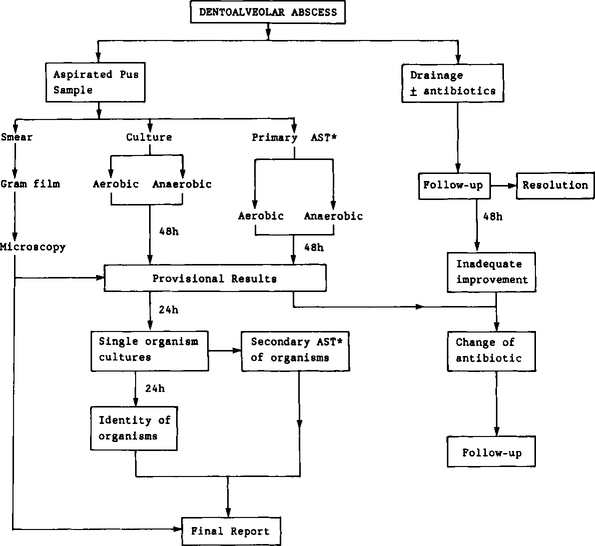15.12.2020
46
Feb 28, 2018 Creating a dichotomous key: Phenetic identification of bacteria-Part 2. Bacterial Colony Description. Classification of Plant Leaves I Dichotomous Key I Lab Activity I Flip Learning I. Jun 23, 2017 - Dichotomous Key Bacteria Pictures To Pin On Pinterest Stay safe and healthy. /the-sandwich-generation-answer-key.html. Please practice hand-washing and social distancing, and check out our resources for adapting to these times.
< Dichotomous Key
Jan 02, 2018 How To Construct A Dichotomous Key For Bacteria From. Jill Raymond 3,815 views. Camfrog pro key generator v2 0 beta. Creating a dichotomous key: Phenetic identification of bacteria-Part 2. Bacterial characteristics.
Include the cyanobacteria (autotrophic) and eubacteria (heterotrophic).

- Acidobacteria (acidophilic, gram positive, high G+C, common in dirt)
- Actinobacteria (high G+C gram positive bacteria)
- Aquificae (hyperthermophilic chemolithoautotrophs, gram negative)
- Bacteroidetes (really diverse group with pathogens, commensals, and free-living bacteria; anaerobic, gram negative, rod shaped)
- Chlamydiae (obligate intracellular parasites of eukaryotic cells, gram negative)
- Chlorobi (anaerobic, photoautotrophic, gram negative green sulfur bacteria)
- Chloroflexi (greeen nonsulfur bacteria)
- Chrysiogenetes (chemolithoautotrophic bacterium)
- Cyanobacteria (oxygenic photosynthetic bacteria and chloroplasts)
- Deferribacteres (aquatic, anaerobic bacteria)
- Deinococcus-Thermus (extremophiles, gram negative)
- Dictyoglomi (thermophilic chemoorganotrophs)
- Fibrobacteres (cellulose digesting, anaerobic rumen bacteria, two species)
- Firmicutes (low G+C gram positives)
- Fusobacteria (obligate anaerobic heterotrophs, many involved in human infections, gram negative, non-spore forming)
- Gemmatimonadetes (Gram negative bacteria lacking DAP in cellular envelopes)
- Nitrospira (gram negative; includes nitrite-oxicizers, thermophilic sulfate reducers, and acidophilic iron reducers)
- Planctomycetes (ovoid gram negative bacteria, reproduce by budding)
- Proteobacteria (purple bacteria and relatives, gram negative)
- Spirochaetes (spiral-shaped chemoheterotrophs, gram negative)
- Synergistetes (gram negative, rod/vibroid cell shape)
- Tenericutes (gram positive, no cell wall)
- Thermodesulfobacteria (thermophilic, sulfate-reducing bacteria)
- Thermomicrobia (hyperthermophilic chemoheterotrophs)
- Thermotogae (hyperthermophilic, obligate anaerobic, fermentive heterotrophs)
- Verrucomicrobia (terrestrial, aquatic, some associated with eukaryotic hosts; gram negative)
Dichotomous Key For Identifying Bacteria
Retrieved from 'https://en.wikibooks.org/w/index.php?title=Dichotomous_Key/Bacteria&oldid=3231640'